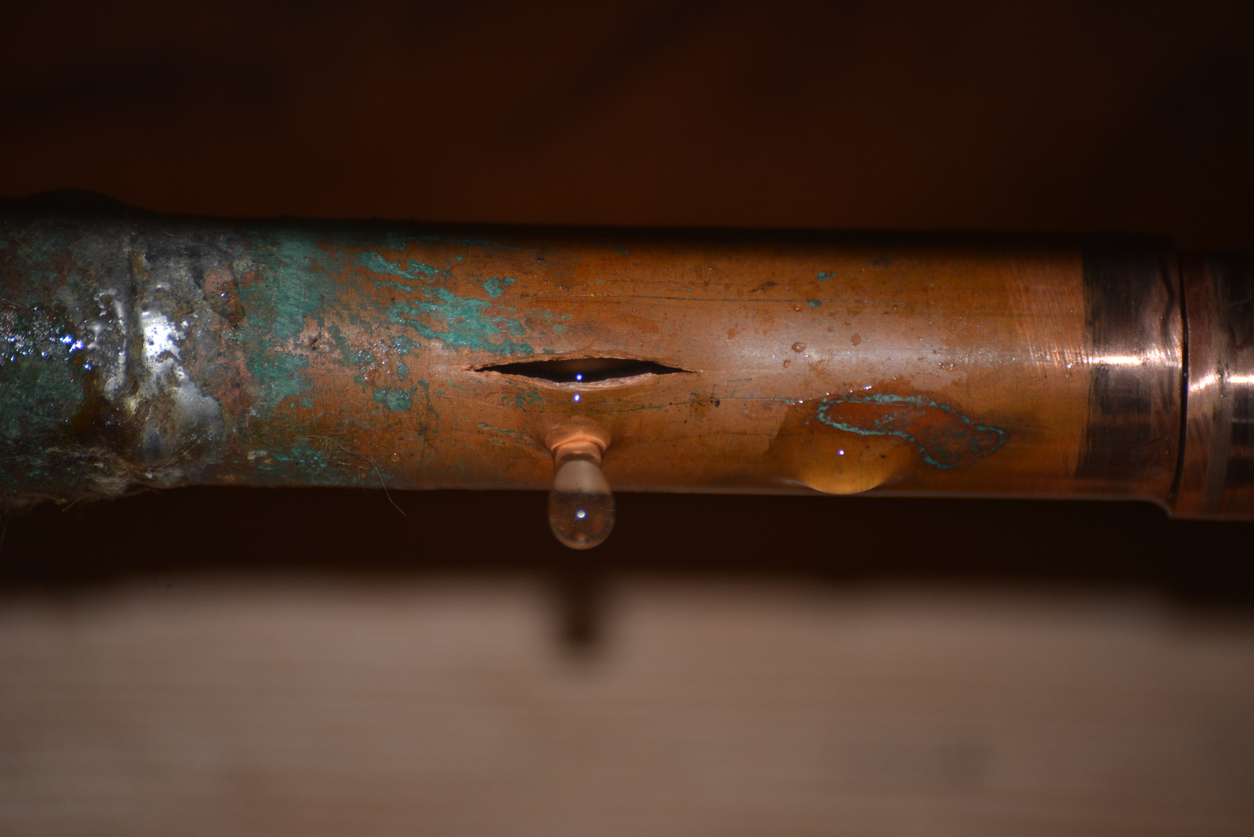Should Florida create a fourth state-run Insurance entity to cover sinkhole losses? This question was recently reported on by Julie Patel of the Sun-Sentinel. The question was raised during an Office of Insurance Regulation symposium held in Orlando. The attendees were primarily those in the insurance industry—insurance consumers are usually at work during the day.
The sinkhole issue was noted as follows:
The idea of creating a state sinkhole "facility" was floated Thursday at an Office of Insurance Regulation symposium in Orlando on the state’s property insurance crisis.
Insurance Commissioner Kevin McCarty said the event, featuring mostly insurance industry officials, will help his office draft recommendations for state leaders on improving the affordability and availability of property insurance.
McCarty and insurance company executives said premiums aren’t keeping pace with expenses for many insurers because of backup coverage costs and a dramatic increase in claims costs, including expenses for sinkhole claims. Citizens collected $19.6 million in premiums specifically for sinkhole coverage in 2009 but paid out $97 million in sinkhole claims and expenses. Most of the sinkhole claims were for minor cracks in walls and driveways, according to the state-backed insurer.
John Auer, president of American Strategic Insurance in St. Petersburg, said a government program covering sinkholes is “by far the best way to go.”
“I know a lot of other companies feel similarly,” Auer said, adding that sinkholes are hard for insurers to cover because of the disagreement among architects and engineers about what is a sinkhole or not.
Auer also said that sinkhole costs are so high that they “could take some companies down before the rate can catch up with it."
This sounds an awful lot like the debate regarding coverage of mold related losses which took place nearly a decade ago. First party coverage for mold related losses is extremely limited or excluded under most property insurance policies. As Jason McCaul noted in
Plain Meaning or Fuzzy Interpretation? The Future of First-Party Property Coverage for Mold:
[B]etween 2001 and 2005, insurance companies quietly amended homeowner’s policies by adding endorsements that exclude coverage for mold damage. According to David Dybdahl, a noted expert in the field of insurance and risk management, insurance companies “blasted through more policies than anything in history — faster than terrorism, asbestos or pollution. They quietly excluded [mold damage coverage] from everyone’s policies, and they got away with it.
McCaul provided some background into the financial reasons mold losses are now often not covered:
The new millennium ushered in many unanticipated events: high speed Internet access, a Boston Red Sox World Series Championship, and an unprecedented rise in mold litigation. The statistics are staggering: in 1998, only 129 mold-related insurance claims were filed nationally. By 2001, this number had skyrocketed to 9,563. Despite this rapid surge in mold claims, the financial impact on insurers was minimal at first. In 2000, Texas insurers were settling most mold claims for a few thousand dollars. However, as attention to what some were calling “the next asbestos” grew, the potential dangers of mold spread across headlines and into the national consciousness. “Lurking, Choking, Toxic Mold” was the cover story in the August 2001 edition of the New York Times magazine. And for readers of the Washington Post, the attitude toward mold was no less threatening: the attention-grabbing headline “Exorcizing a Mold Monster” surely had homeowners thinking about whether their property or health was at risk.
As concern over mold swept across the nation, the eye of the inevitable legal storm that would pit homeowners against insurers over coverage for mold damage was forming in the most appropriate of places – Dripping Springs, Texas. There, homeowner Melinda Ballard had sued Farmers Insurance Group (“Farmers Insurance”) for failing to adequately reimburse her for the extensive mold damage to her eleven thousand square-foot home. Ballard accused Farmers Insurance of intentionally delaying its investigation of her claim in an effort to avoid payment. While Farmers Insurance stalled, toxic mold multiplied in Ballard’s home to the point where virtually nothing in the house was salvageable and the house itself was no longer habitable. Although Ballard was partially a dispute over coverage, the central issue was whether Farmers Insurance acted in bad faith in its handling of the claim. The jury’s verdict in June 2001 not only found that Ballard had been covered, it also heavily penalized Farmers Insurance for bad faith: Ballard was awarded $6.2 million for her property damage claims, $17 million for her bad faith claim, and $8.9 million in legal fees. While a Texas appellate court later reduced the
$32 million award considerably, the jury’s decision sent property insurers scrambling to look for ways to lawfully deny coverage for future mold claims. Thus, from the ashes of Ballard, the mold exclusion was born. (emphasis added and citations deleted)
Regardless of other reasons, severe and frequently encountered perils will not be covered unless the rates accurately reflect the risks of loss. Sinkhole losses are expensive to properly repair. The frequency is primarily concentrated in a very small geographic area. I predict that, similar to mold coverage, only those willing to pay significant premiums with high deductibles or those with very large financial interests in property will have sinkhole coverage in the future. Just like mold, the insurance industry seems bent on either leaving markets with mandatory sinkhole coverage in areas where they often occur or simply not covering the risk.
This scenario is often repeated just after destructive hurricane seasons as insurers try to increase premiums to make up for the catastrophe losses. As I noted several years ago in, Do we build or flee in the face of catastrophic frequency and severity?:
Frequency and severity of loss have everything to do with our current insurance situation. The catastrophic frequency and severity of hurricanes from 2004 to 2006 was off the charts. And, the severity of loss (the average amount paid per claim) was extraordinary as well. Combined, these lead to historic losses in a relatively small catastrophe prone area. Like bookies looking for the sure bet, insurance companies are simply looking to place bets where fewer losses occur. As these private insurers flee the coasts, state insurers of last resort are left to fill the void, in some instances with less than satisfactory results. The long term answer is not easy and will not be cheap. People are determined to continue living close to beaches and water. Recognizing and accepting this fact, we must start to deal with the upfront cost of building more structurally sound and "hurricane resistant" structures.
Unlike hurricanes, sinkholes losses, similar to mold losses, occur on a fairly regular basis. Many trades and businesses depend on sinkhole claims because the losses are so prolific. Similar to mold coverage, those in the business will probably be blamed as the entities killing the goose with the golden sinkhole egg. The insurance industry seems to have made up its mind. From what I have read about the methodology regulators are using in their investigation on this issue, you don’t need to be a weatherman to know which way the wind is blowing.



